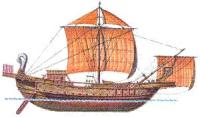 Sometime around the 60 CE, a Greek merchant, whose name is lost to history, wrote a guide, The Periplus of the Erythraean Sea. Periplus is the Latinization of the Greek word περίπλους (periplous, contracted from periploos), literally “a sailing-around.” While Erythraean literally means “red,” the guide includes what we now call the Red Sea, as well as the Gulf of Aden, the Indian Ocean, the Persian Gulf and the Bay of Bengal. The Periplus was organized into 66 short chapters, each usually only a paragraph in length, and served as both a Coast Pilot and merchant’s guide to trading in the ports along the coast. Trade in the region was expanding dramatically as roughly 100 years before the Romans had annexed Egypt and now had access to the Red Sea and Indian Ocean.
Sometime around the 60 CE, a Greek merchant, whose name is lost to history, wrote a guide, The Periplus of the Erythraean Sea. Periplus is the Latinization of the Greek word περίπλους (periplous, contracted from periploos), literally “a sailing-around.” While Erythraean literally means “red,” the guide includes what we now call the Red Sea, as well as the Gulf of Aden, the Indian Ocean, the Persian Gulf and the Bay of Bengal. The Periplus was organized into 66 short chapters, each usually only a paragraph in length, and served as both a Coast Pilot and merchant’s guide to trading in the ports along the coast. Trade in the region was expanding dramatically as roughly 100 years before the Romans had annexed Egypt and now had access to the Red Sea and Indian Ocean.
Beyond written records, such as Periplus of the Erythraean Sea, there have been few artifacts of this trade. Soon archaeologists will start to excavate a shipwreck off the Sri Lankan fishing village of Godavaya. The shipwreck is believed to date from roughly the same period as the Periplus of the Erythraean Sea. The wreck, the oldest located so far in the Indian Ocean, is in 110′ feet of water and is described as “a concreted mound of corroded metal bars and a scattering of other ancient cargo, including glass ingots and pottery, that have tumbled around on the seafloor for hundreds of years amid strong currents and perhaps even the occasional tsunami.” Thanks to Alaric Bond for contributing to this post.
Indian Ocean’s Oldest Shipwreck Set for Excavation
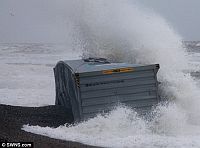 Last Wednesday, we posted about Svendborg Maersk, which last an estimated 520 containers in a storm in the Bay of Biscay. What happened to all the containers that fell overboard? One of them, loaded with a million cigarettes, may have just washed up on the beach in the Devon, England.
Last Wednesday, we posted about Svendborg Maersk, which last an estimated 520 containers in a storm in the Bay of Biscay. What happened to all the containers that fell overboard? One of them, loaded with a million cigarettes, may have just washed up on the beach in the Devon, England.

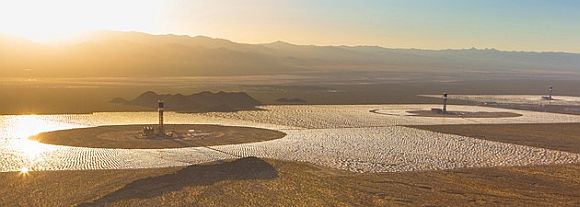
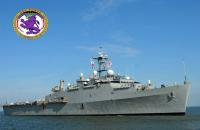 The Navy plans to deploy its first laser weapons on the
The Navy plans to deploy its first laser weapons on the 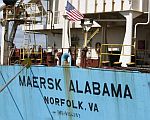
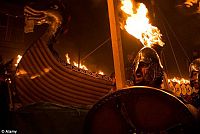 Some are predicting that the world will end Saturday, February 22, 2013, with
Some are predicting that the world will end Saturday, February 22, 2013, with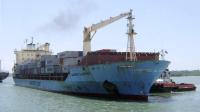 It is being reported that two American security guards, both former Navy SEALs, have been found dead on the Maersk Alabama while in Port Victoria, in the Seychelles. The men have been identified as Jeffrey Reynolds and Mark Kennedy, both 44, employees for the Trident Security Firm. Police said the cause of death will be determined by autopsies.
It is being reported that two American security guards, both former Navy SEALs, have been found dead on the Maersk Alabama while in Port Victoria, in the Seychelles. The men have been identified as Jeffrey Reynolds and Mark Kennedy, both 44, employees for the Trident Security Firm. Police said the cause of death will be determined by autopsies.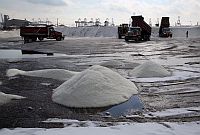
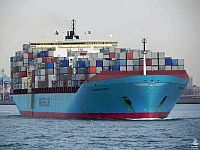 Maersk Lines
Maersk Lines
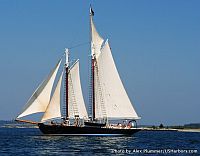
 The
The  A unusually large wave killed an 85 year old man and injured a woman in her 70s on the cruise ship
A unusually large wave killed an 85 year old man and injured a woman in her 70s on the cruise ship 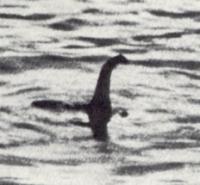
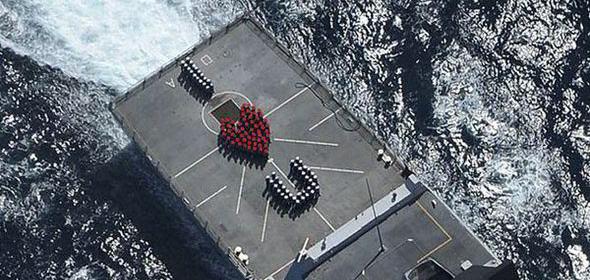
 In the almost 6,000 miles of streets, roads and highways in the five boroughs of New York City, only about 15 miles are still paved with cobblestones. As noted by the
In the almost 6,000 miles of streets, roads and highways in the five boroughs of New York City, only about 15 miles are still paved with cobblestones. As noted by the 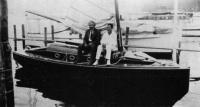
 Sometime around the 60 CE, a Greek merchant, whose name is lost to history, wrote a guide,
Sometime around the 60 CE, a Greek merchant, whose name is lost to history, wrote a guide,